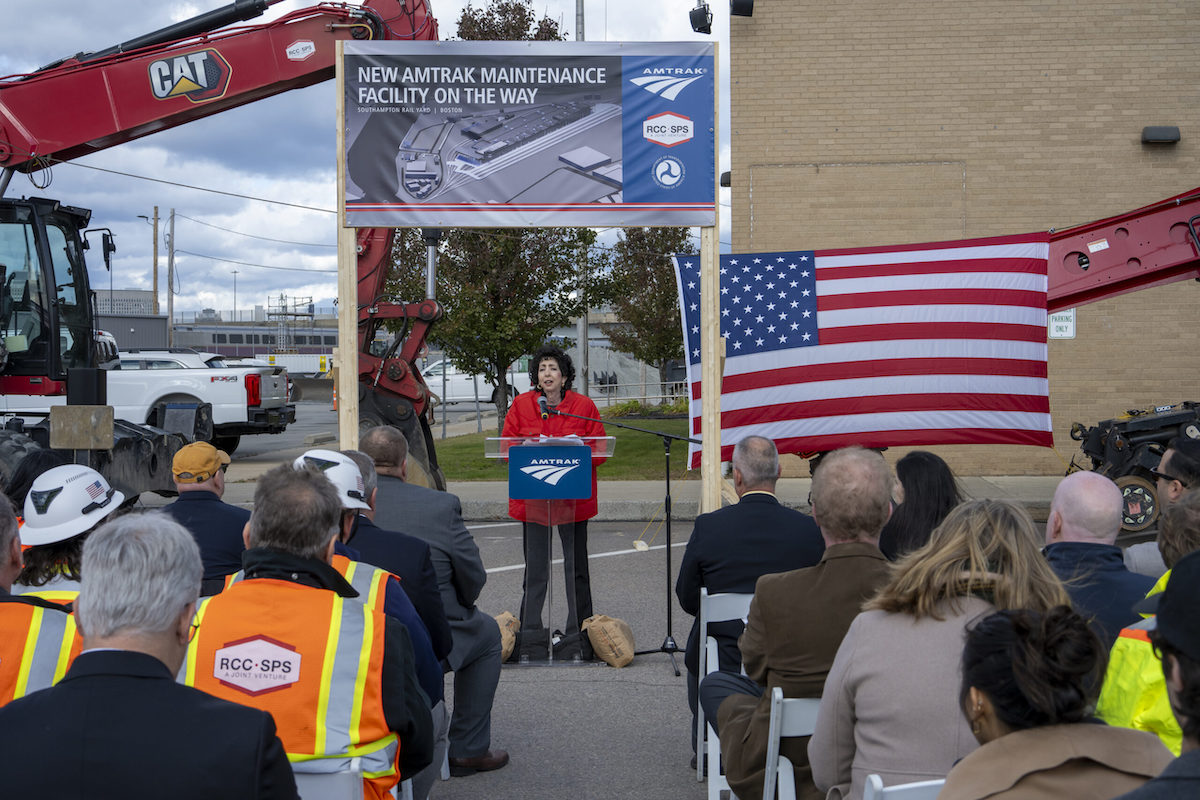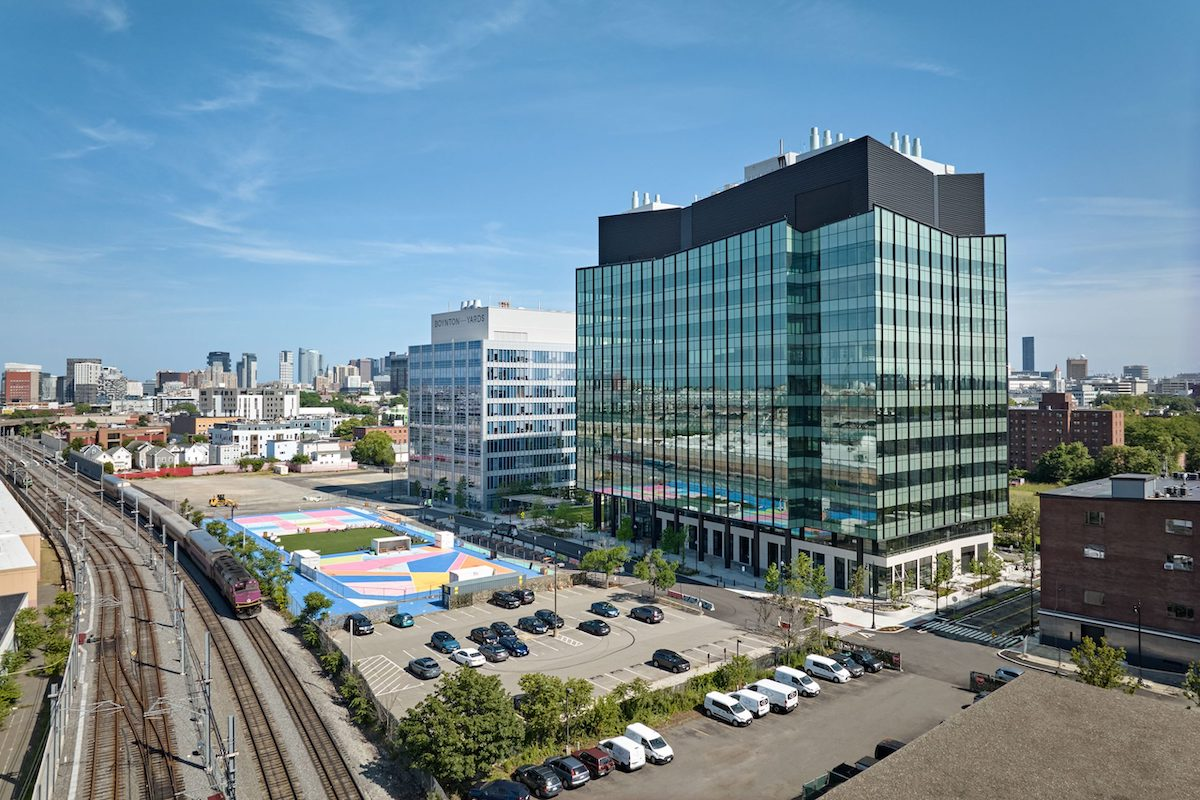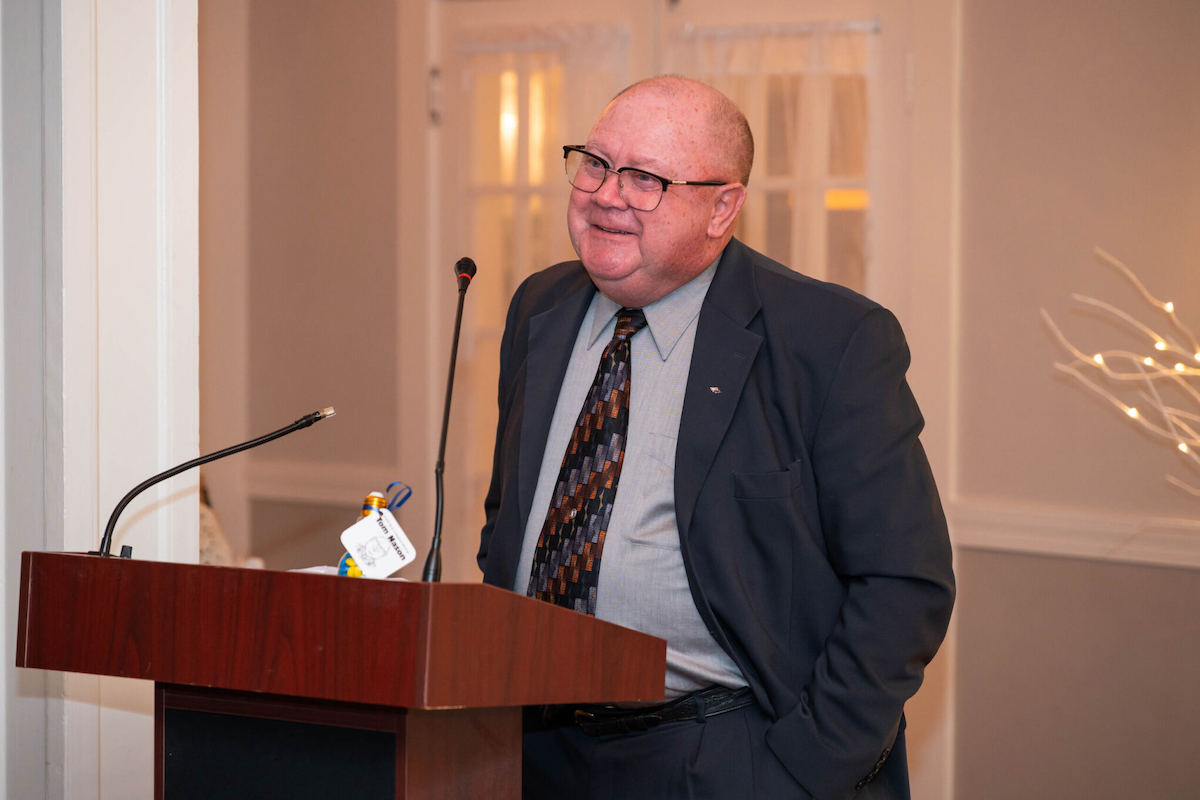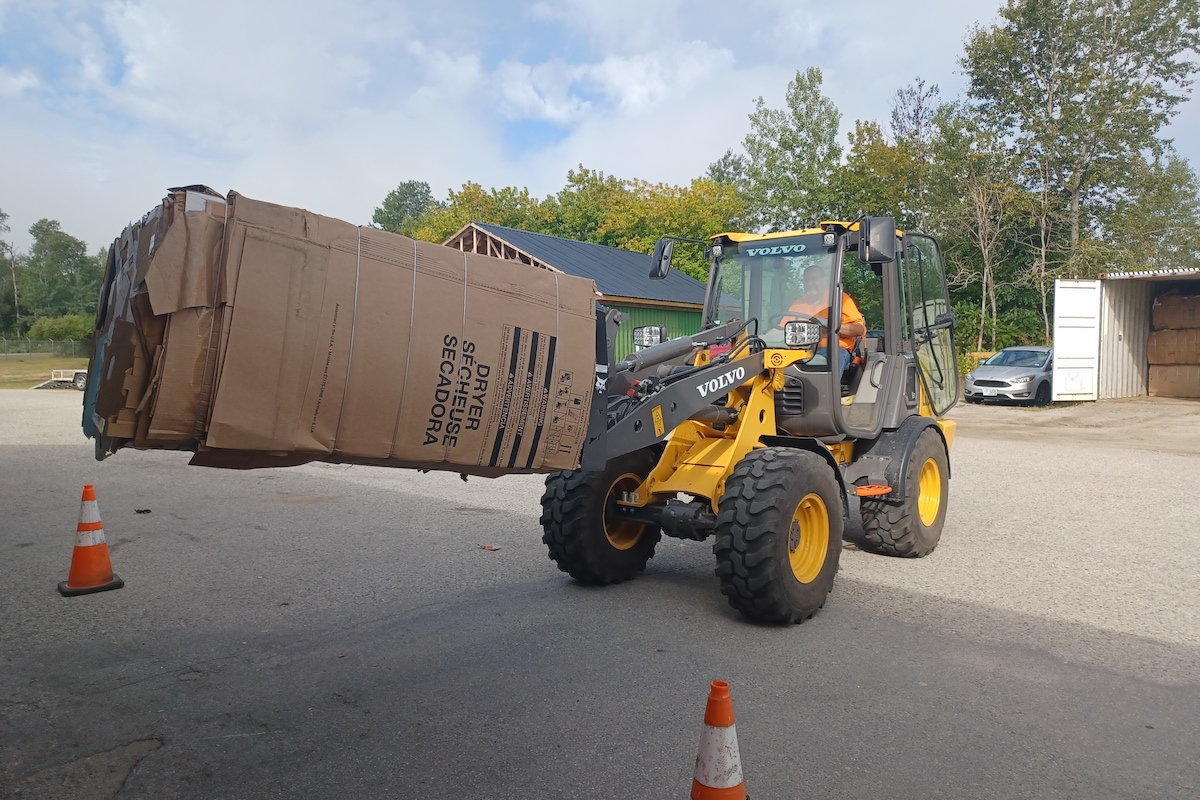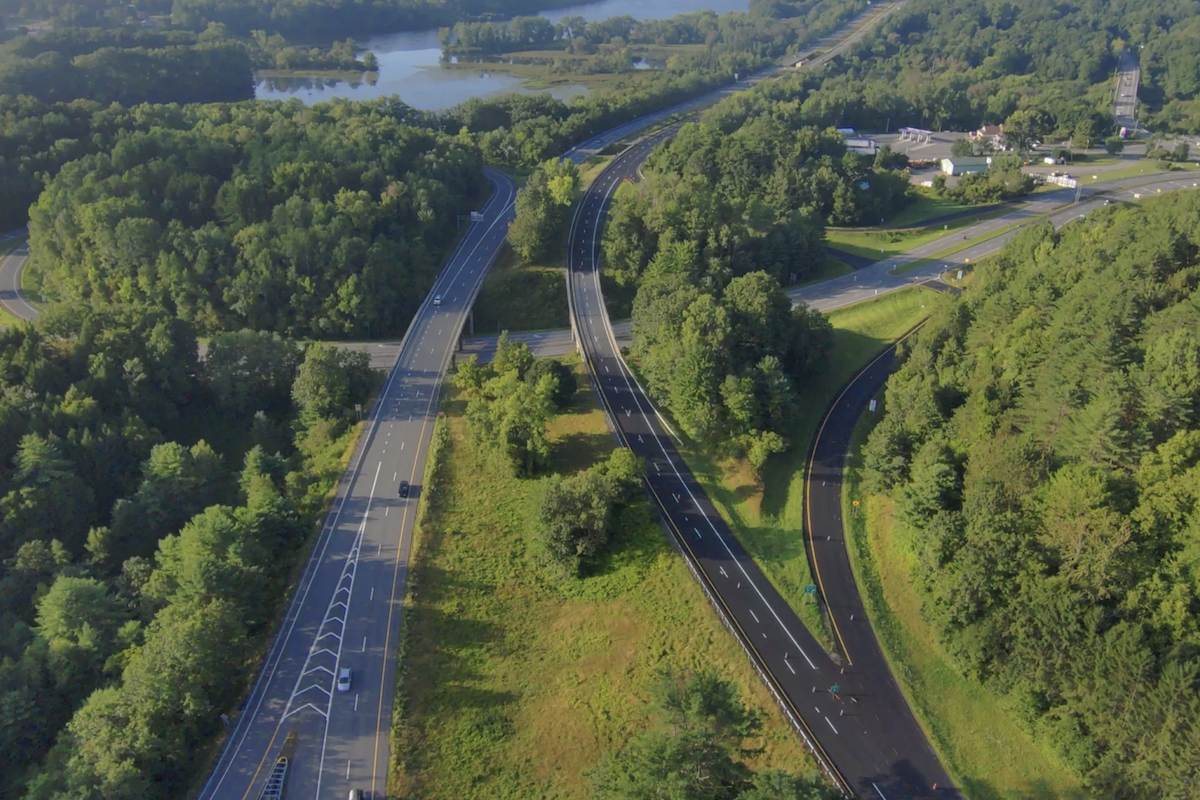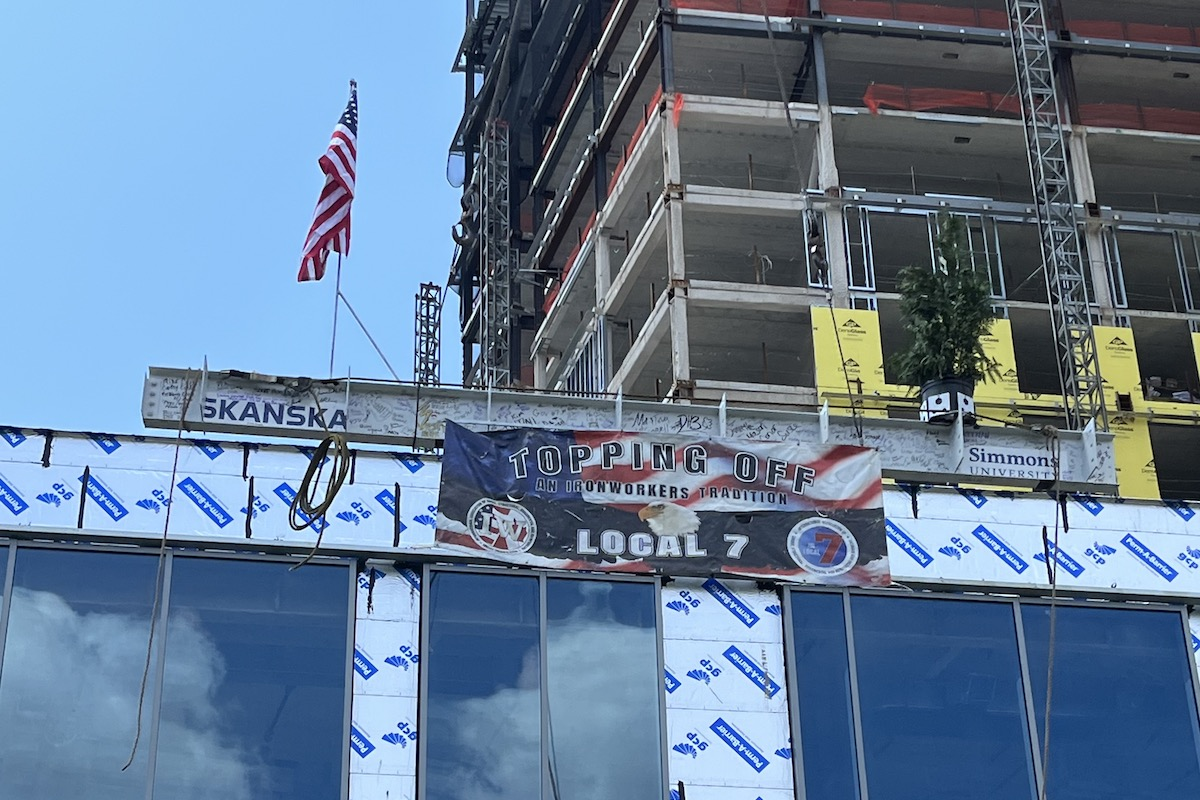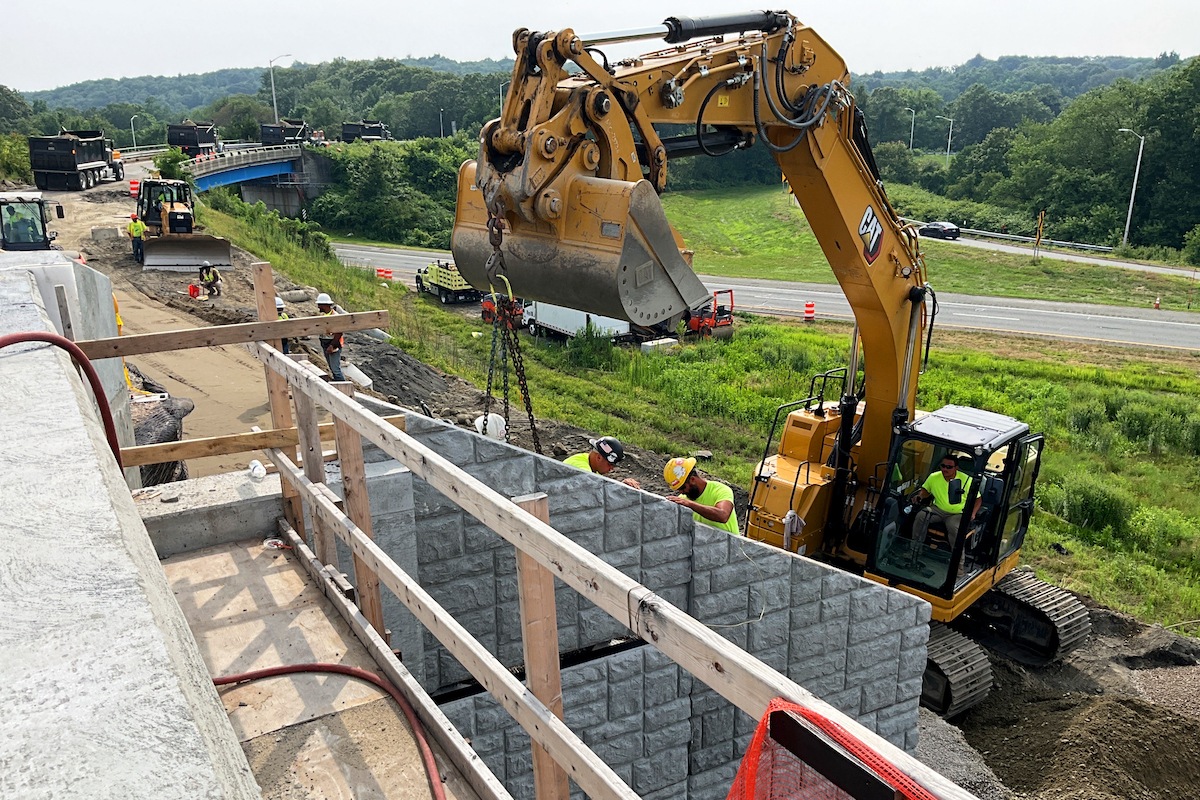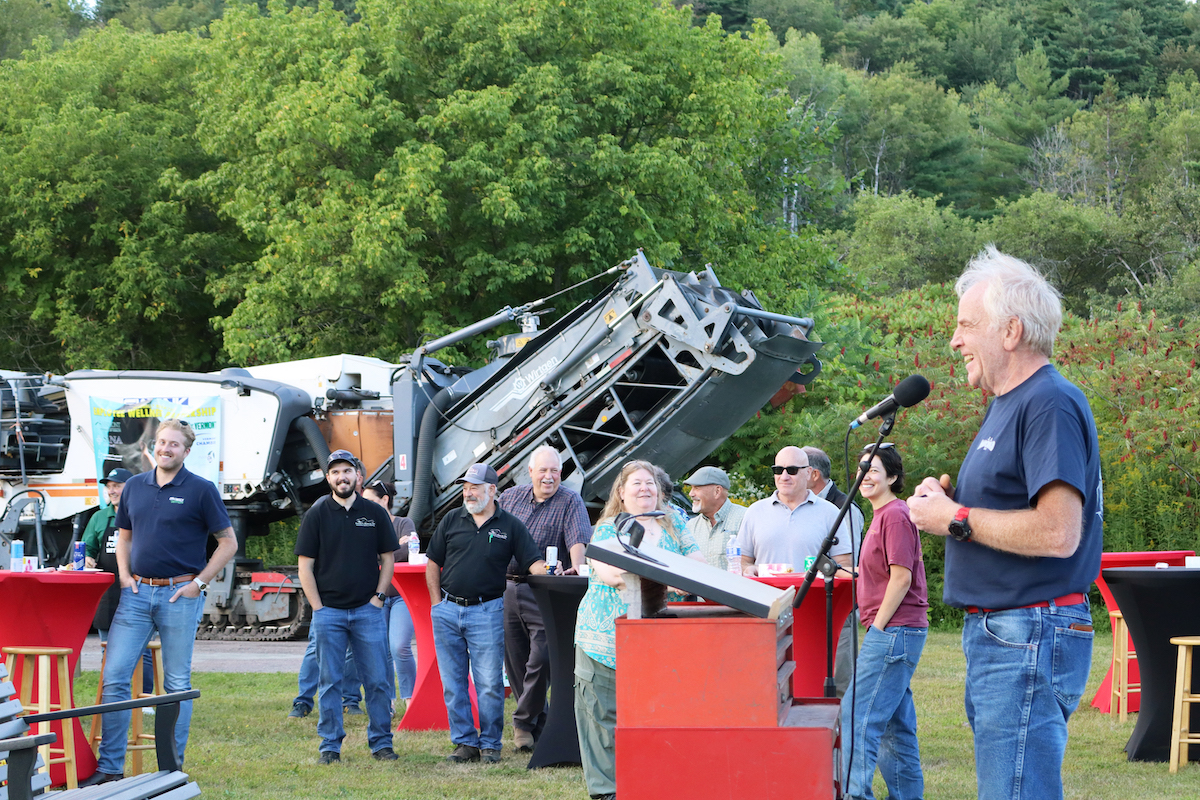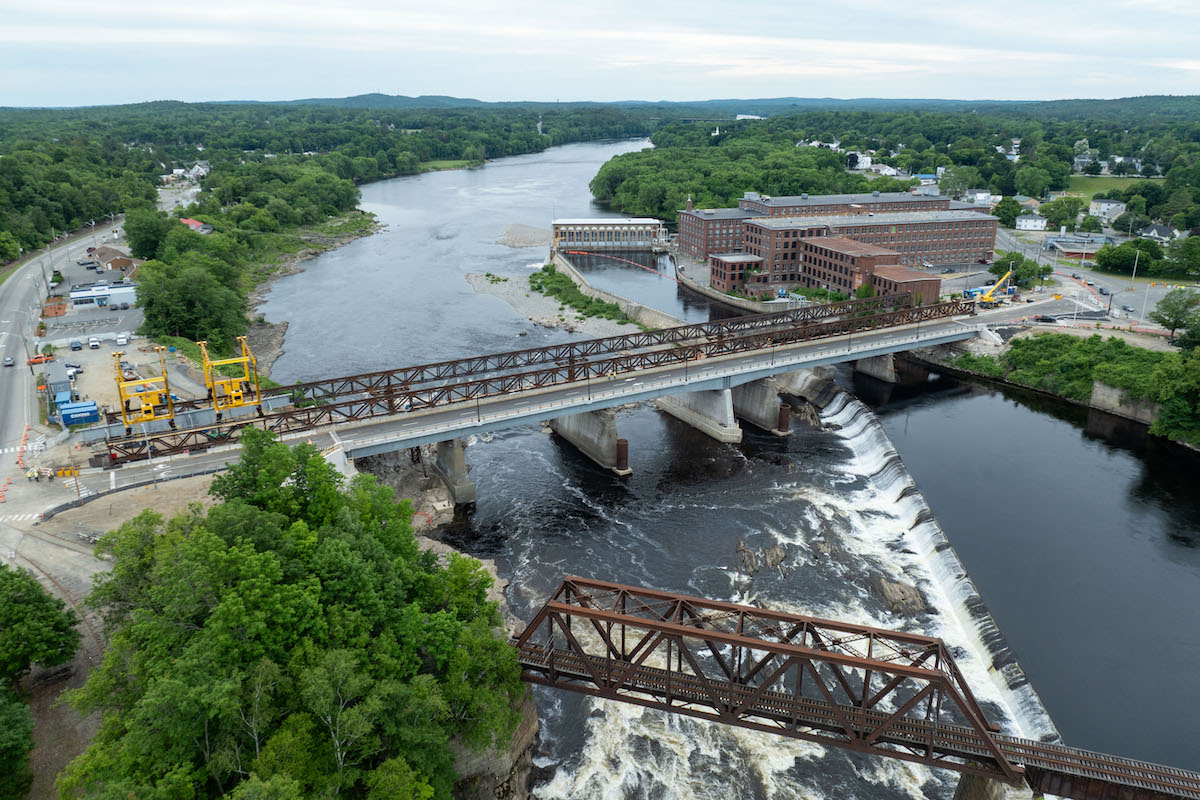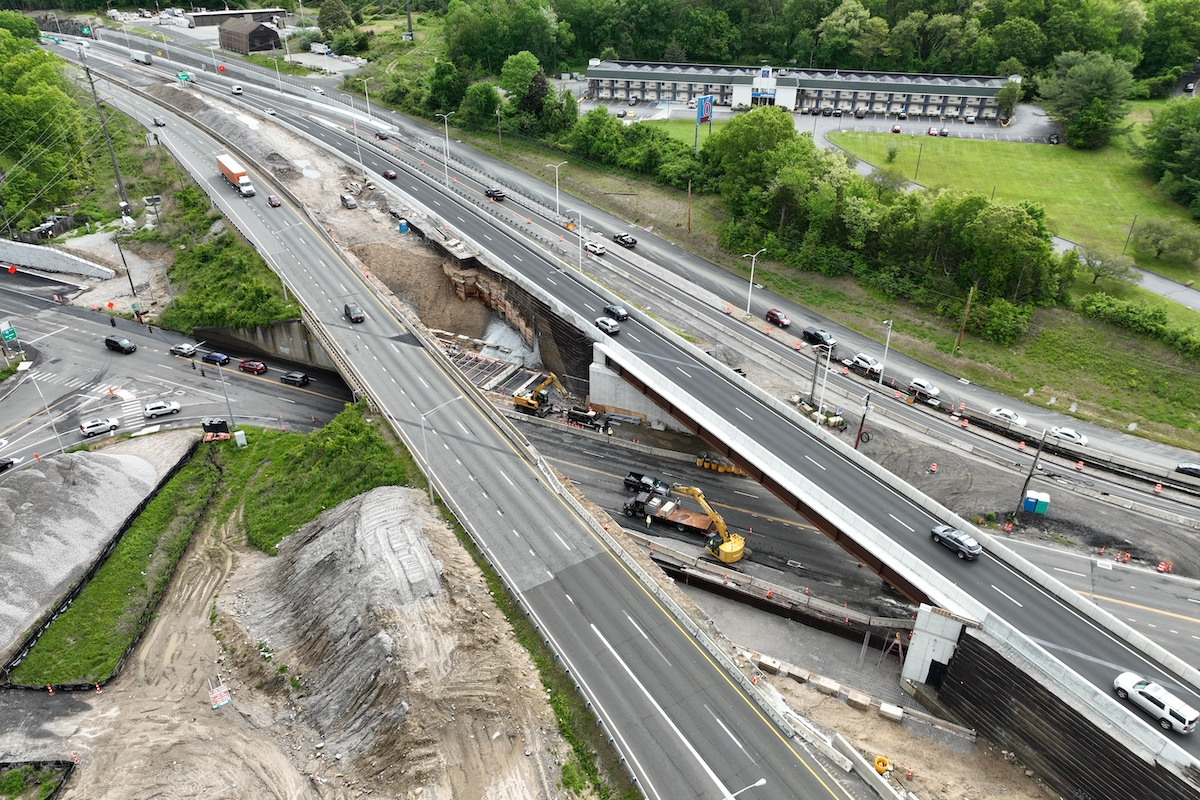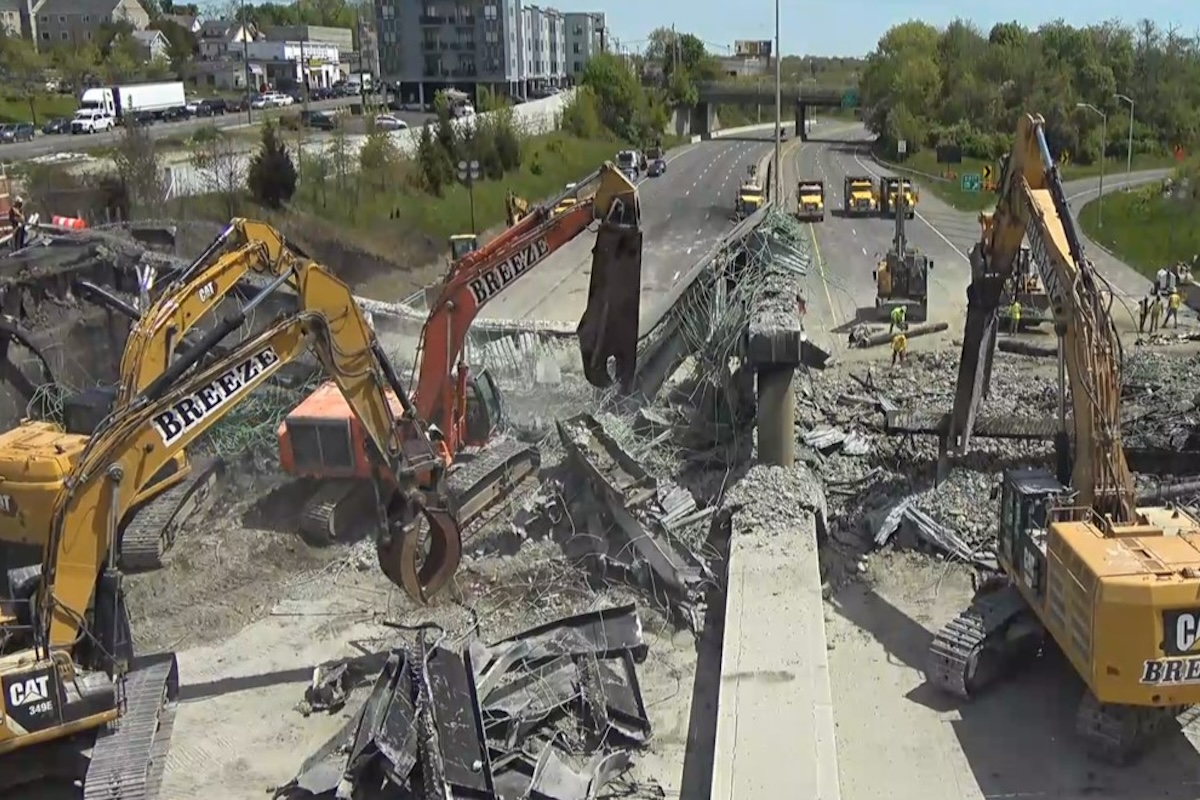The benefit of this shift is that it will provide the space for crews to demolish another section of the old bridge. This will also allow completion of the highly anticipated new flyover bridge that will connect Route 10 northbound to Route 6 westbound.
“This is a milestone in the 6-10 Interchange reconstruction," said RIDOT Director Peter Alviti. "When we stood under the 6-10 Interchange Huntington Viaduct to announce the kickoff for this project, all we had to do was look up to see how desperately this work needed to be done. And now, in two short years, we will have a new Huntington Viaduct.”
“For too long this viaduct has symbolized Rhode Island’s failure to invest in itself," said Governor Gina Raimondo. "The 6-10 Interchange Huntington Avenue Viaduct will provide a safe and accessible route for commuters, tourists, workers, and students.”
The Huntington Avenue Viaduct is considered the most deteriorated bridge in the 6-10 Interchange. It is located at the section of Route 6 where the split goes to Route 10. Temporary supports had been put under it to keep it safe and stable.

| Your local Wirtgen America dealer |
|---|
| WI Clark |
| United Construction & Forestry |
U.S. Senator Jack Reed, Ranking Member of the Senate Appropriations Subcommittee on Transportation, who created a bridge grant program delivering an extra $100 million in additional federal funding for RIDOT over the last two years for bridge upgrades, said, “This is a smart investment of federal dollars that addresses one of the state’s long-standing infrastructure priorities. This is a significant milestone and, with the completion of the rest of the 6-10 corridor improvements, RIDOT will open new opportunities for economic development in the area.”
“Today marks another milestone in the once-in-a-generation transformation of the 6-10 Interchange," said U.S. Senator Sheldon Whitehouse. The Senator developed the federal INFRA grant program that last fall awarded more than $60 million for the reconstruction of the Providence Northbound Viaduct, one of the main arteries of the 6-10 Interchange. “Federal funding helped make the new 6-10 Interchange Huntington Viaduct possible, freeing up space for economic development and reconnecting neighborhoods long divided by the highway.”
“The 6-10 Interchange is a critical roadway for Rhode Island, and rebuilding it is a worthwhile investment that will pay dividends in the future," said Congressman Jim Langevin. "I am pleased with the progress we are seeing thanks to federal grants and know that with each phase, more residents, commuters, and businesses in the surrounding area will benefit from the enhanced accessibility.”
Congressman David Cicilline, who, as a member of the United States House leadership, is helping to craft a $1 trillion infrastructure package, said, “Today marks a major step forward for our state. The 6-10 Interchange deteriorated for decades. Now we are finally seeing what can happen when the federal government invests in repairing and improving Rhode Island’s infrastructure. It is critical that we continue to bring back money to our state to create good-paying jobs repairing roads and bridges like the 6-10 Interchange.”
The 6-10 Interchange rebuild languished for 30 years in design until it was activated by Governor Gina Raimondo’s RhodeWorks legislation. At $410 million, it is Rhode Island’s largest single construction project ever. The project includes replacing nine bridges, seven of which are structurally deficient, and erecting two new ones.

| Your local Volvo Construction Equipment dealer |
|---|
| Tyler Equipment |
RIDOT designs, constructs, and maintains the state's surface transportation system. This includes not only roads and bridges but also the state's rail stations, tolling program, bike paths, and ferry service. In 2016, with the passage of the RhodeWorks legislation, the department underwent a complete restructuring as mandated by the legislation. As part of this restructuring, RIDOT developed the first ever 10-year transportation plan for the state and has adopted unprecedented accountability measures. The $5-billion RhodeWorks program provides for the planning, execution, management, and funding to bring Rhode Island's infrastructure into a state of good repair by the year 2025.













